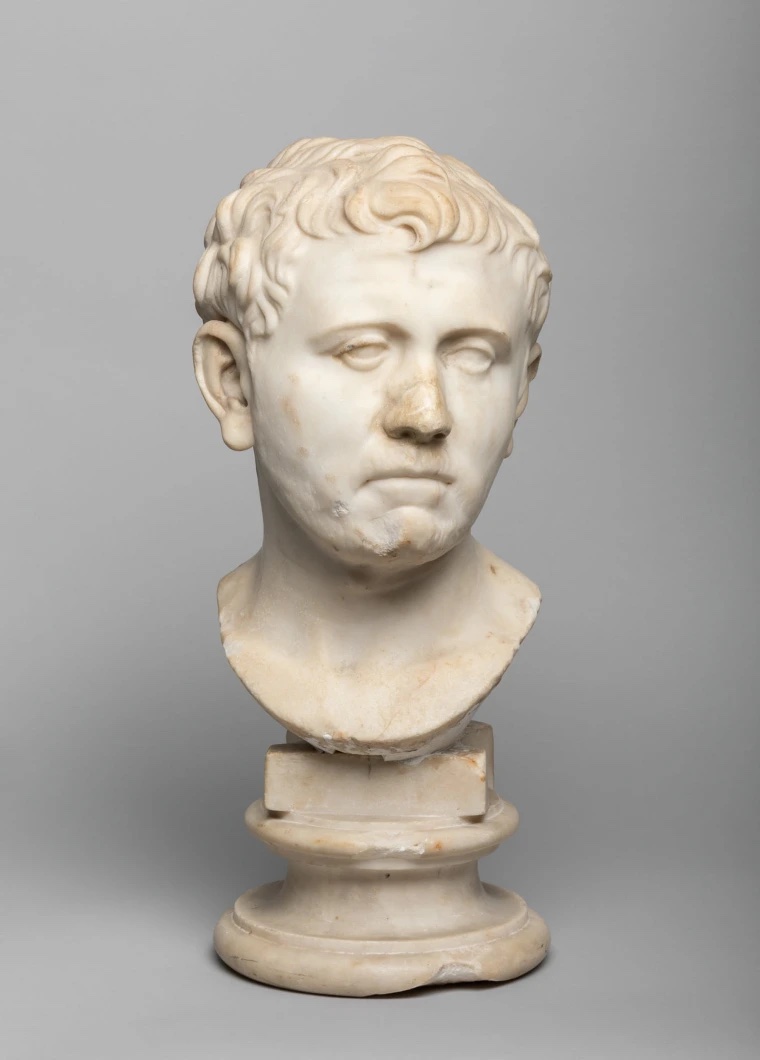One man’s (looted) trash is another’s man’s treasure, or so it was in the case of a woman who walked into a Goodwill store in Austin, Texas, and walked out with a priceless Roman artifact — all for the low, low price of $34.99.
A steal of the century — or centuries — as it were.
Believed to be from the first century B.C. or the first century A.D., the Roman bust may be that of Nero Claudius Drusus Germanicus, the Roman commander whose forces occupied what is now part of Germany between the Rhine and Elbe rivers from 12 B.C. to 9 B.C.
Also known as Nero Claudius and Drusus the Elder, the commander lived fast and died young — he developed a reputation as a brilliant military strategist and died from mortal injuries from falling off his horse at the age of 29.
According to the San Antonio Museum of Art, the bust once resided inside a full-scale model of a house from Pompeii in Aschaffenburg, Germany. The model house, dubbed Pompejanum, was severely damaged in 1945 by Allied bombing raids.
The bust of Germanicus went conspicuously absent after Aschaffenburg was targeted, but now it is believed to have been carried off by an American soldier during the post-war occupation of Germany and brought back to Texas.
The 52-pound carved marble statue remained in the Lone Star state, with its true identity remaining hidden for decades.
In 2018, Laura Young, the owner of a vintage goods store, walked into a thrift shop and bought it.
Young found the bust “on the floor, under a table” and thought she could resell it to someone looking for a garden statue, she told The Art Newspaper, an international visual-arts publication.
“It looked pretty dirty, pretty old,” Young said.
Yet something about the marbled bust intrigued the Texan enough for her to start contacting professors of the classics and art and history departments at the University of Texas at Austin. When nothing there panned out, she began to call auction houses around the States.
Ultimately, Young contacted the auction house Sotheby’s, and art consultant Jörg Deterling identified the bust as Germanicus and advised Young that selling such an artifact would be a violation of U.S. law.
“There were a few months of intense excitement after that, but it was bittersweet, since I knew I couldn’t keep or sell the (bust),” Young told CBS News. “Either way, I’m glad I got to be a small part of (its) long and complicated history, and he looked great in the house while I had him.”
The artwork is now on display at the San Antonio Museum of Art until May 2023, before it’s returned to Germany, where it will reside in The Bavarian Administration of State-Owned Palaces.
“It’s a great story whose plot includes the World War II era, international diplomacy, art of the ancient Mediterranean, thrift shop sleuthing, historic Bavarian royalty and the thoughtful stewardship of those who care for and preserve the arts, whether as individuals or institutions,” said Emily Ballew Neff, director of the San Antonio Museum of Art.
Now we wait for six seasons and a movie out of this saga. Your move, PBS “Masterpiece.”





